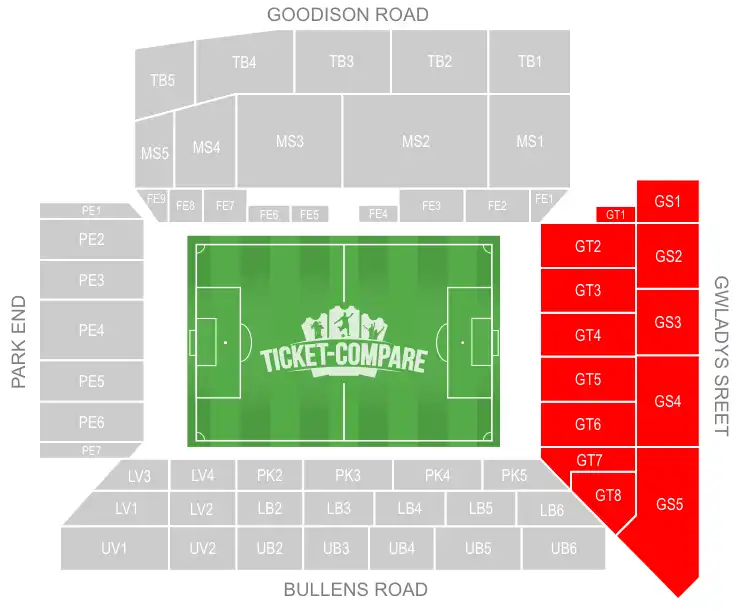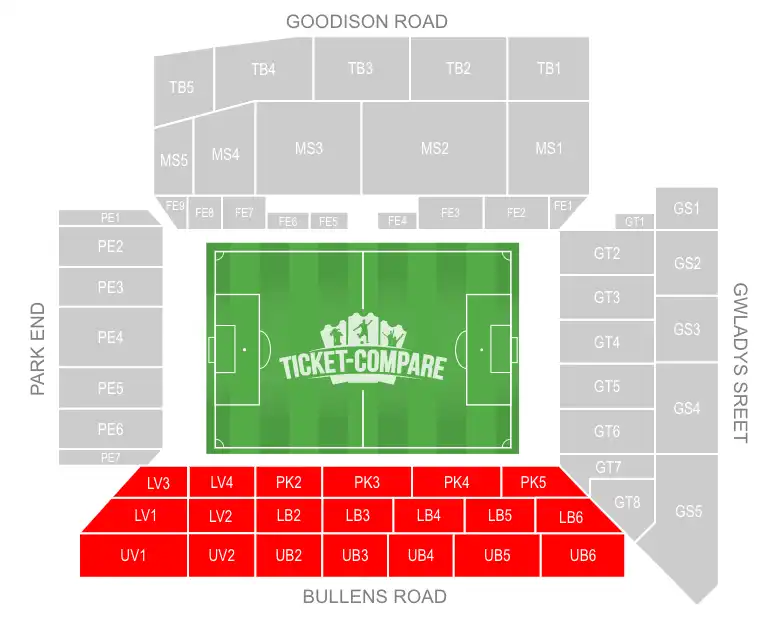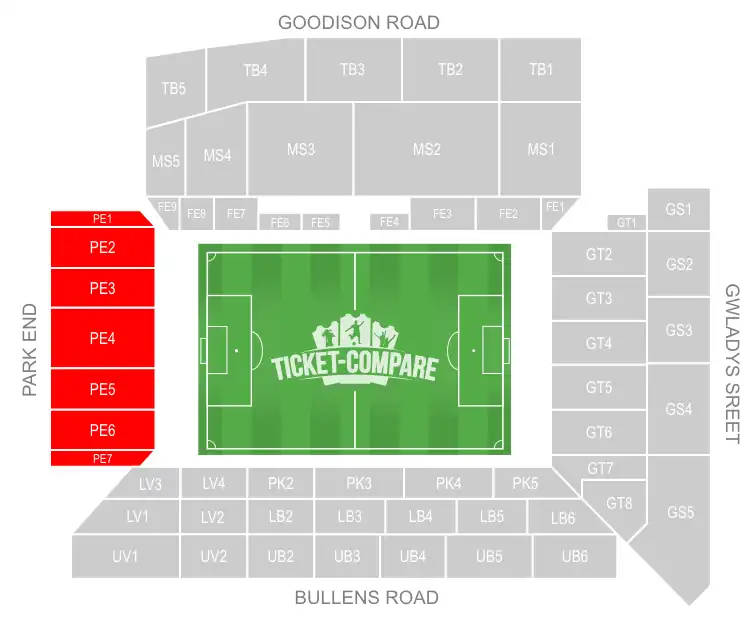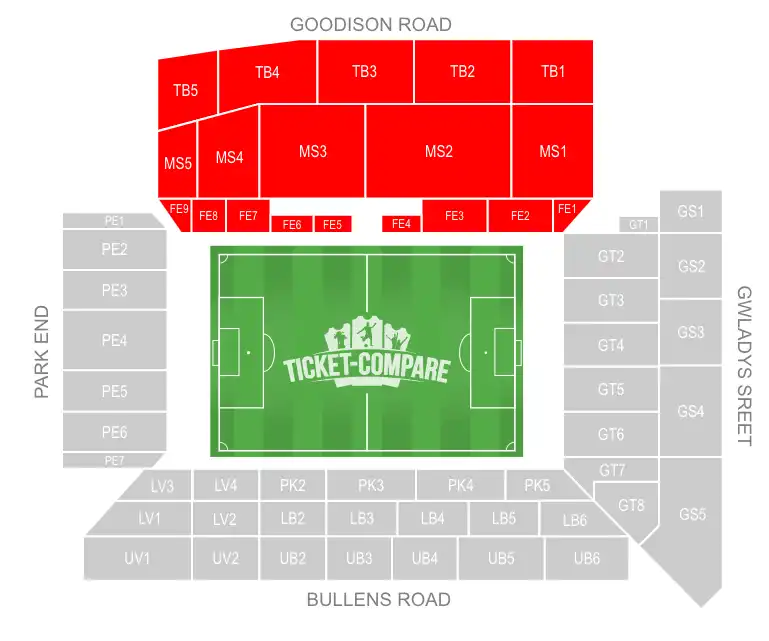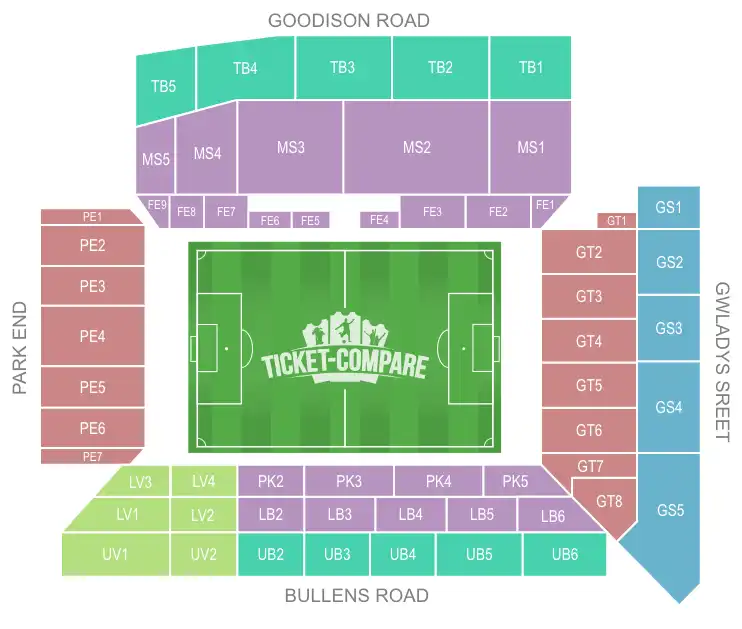-
English
English
-
English - Goodison Park Seating Plan
-
עברית-מפת הישיבה של אצטדיון גודיסון פארק
-
Español - Plano de asientos de Goodison Park
-
Svenska - Goodison Park Sittplatsplan
-
Français - Plan de salle de Goodison Park
-
Deutsch - Goodison Park Sitzplan
-
Nederlands - Goodison Park Zitplan
-
Suomi - Goodison Park Istumapaikkakartta
-
Dansk - Goodison Park Siddeplan
-
Norsk - Goodison Park Salkart
-
Italiano - Pianta dei posti di Goodison Park
-
- $ US Dollar£ Pound Sterling€ Euro
- $ | US Dollar
- £ | Pound Sterling
- € | Euro
